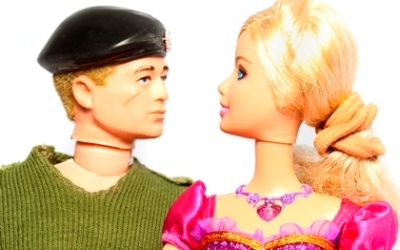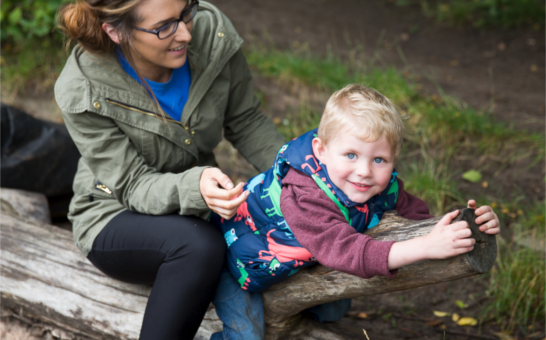I won’t lie – my blood ran cold. Having grown up with a (slightly disproportionate) dislike of Barbie and baby dolls, instead preferring to steal my brother’s Action Man (happily encouraged by my mum, for the record), I swore from the moment that I knew I was having a girl that she would never be told what she could and couldn’t do or say simply because of her gender, and there was no way that her toys would ever be pre-assigned based on whether the packaging was pink or blue. So where had this pink, glittery bombshell come from?
Okay, so I’d better explain that I’m one of those parents. Whilst my daughter has princess outfits, she also has a Batman suit and pirate gear. I get annoyed with nursery rhymes involving doctors as they’re always male. In my version of Miss Molly had a Dolly the doctor arrives with HER bag and HER hat, and when the monkeys start jumping on our beds the doctor has a dramatically female voice using an array of regional accents (I like to challenge other stereotypes too).
My partner has a love of Lego and action figures (don’t all 43 year olds?), and as a stay-at-home-dad he has been happy to nurture her love of Batman and Lego construction. So I know it hasn’t come from me or him. So where did it come from? Could it be as simple as the toys – and their marketing – themselves?
The marketing of toys based on gender is a relatively new development having first emerged in the 1970s, though it has since swelled to epic proportions where whole shopping isles are divided into pink and blue. However the backlash is also gathering momentum, with campaigns such as Pink Stinks and Let Toys be Toys leading the charge.
Why does it matter? Let Toys Be Toys explain it best.
- Kids should decide for themselves what they think is fun. Why put these limits on play?
- Play matters. Children need a wide range of play to develop different skills.
- Marketing matters. Directing consumers in this way is restricting children’s play.
- The real world has moved on. These gender stereotypes are tired and out of date.
If you need more convincing about the importance of challenging these stereotypes, watch the Redraw The Balance video, where children are asked to draw and describe doctors, fire-fighters and fighter pilots. Their reaction when some of the many women doing these jobs walk into the room is shocking and thought-provoking.
Back at home, I’ll continue to gently challenge my daughter when she says things like “girls don’t wear trousers” or “girls don’t play with cars”, and whilst I’m sure she’ll get more Disney Princess dresses over the coming years, don’t be surprised if you see me buying fire-fighter uniforms in her size too!
This blog originally appeared as a column in the Halifax Courier.






